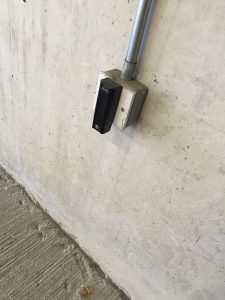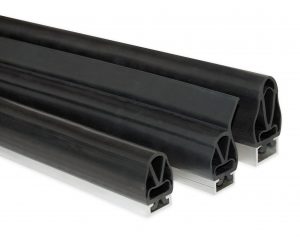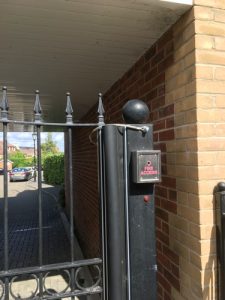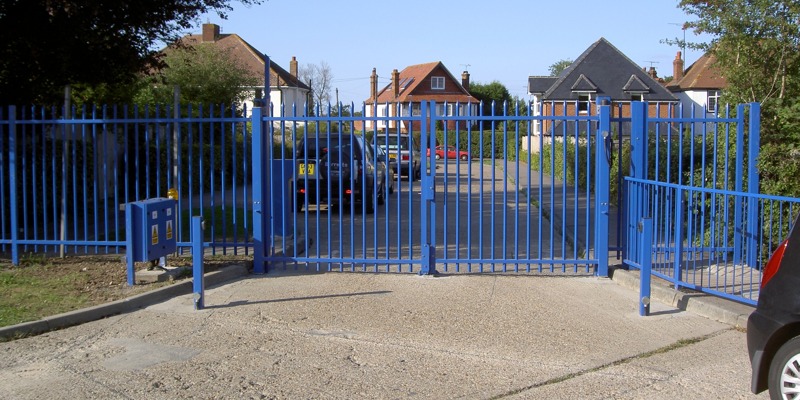In this post, we cover the different safety features you can find on an electric gate and their purpose.
What safety devices might you find on electric gates?
Electric gates can enhance the security of a property and also add potential value to a home. However electric gates are machines and as such, should be installed in line with the correct protocol to ensure they do not represent a safety hazard, for either the owners or anyone that might come into contact with the gates. In addition to this, all automated gates should be regularly maintained – just as you would a car – to make sure that they continue to operate safely. Prior to any gate installation, the installer should undertake a thorough risk assessment to identify what safety needs to be added to mitigate any risks.
What safety features might you find on a gate and why are they important?
Photocells

Are installed in pairs opposite each other across the threshold of gates, they work in pairs providing a beam of light across the entrance to prevent a gate from hitting either a pedestrian or a vehicle. If the beam of invisible light is broken the gate should either stop or stop and reverse in the closing cycle of the gate.
They work by sending a beam out – one receives and the other transmits. If the beam is broken the gate will stop working by sending a signal back to the control box. Light curtains work in a similar manner with multiple beams
Pressure edges /safety edges

Are used to guard against possible crushing, impact or shearing points on electric gates and barriers – they can be installed on any style of automated gate where there is a risk of crushing or entrapment. Safety edges are a contact safety devices that should halt and reverse or halt the gate/barrier operation.
Gate tethers

Gate tethers can be attached between the hang post and the gate leaf to help prevent the gate from falling if a single point failed on the gate – i.e. a hinge.
Despite the fact that we have highlighted some of the safety features that an electric gate might have – the level of safety is always determined by the risk assessment conducted prior to installation, where potential risks will be identified and mitigated by using the devices discussed above.
Visit www.gate-safe.org for more information about safe gate installations, or search for Gate Safe Installers in your area who have completed our safety training.
